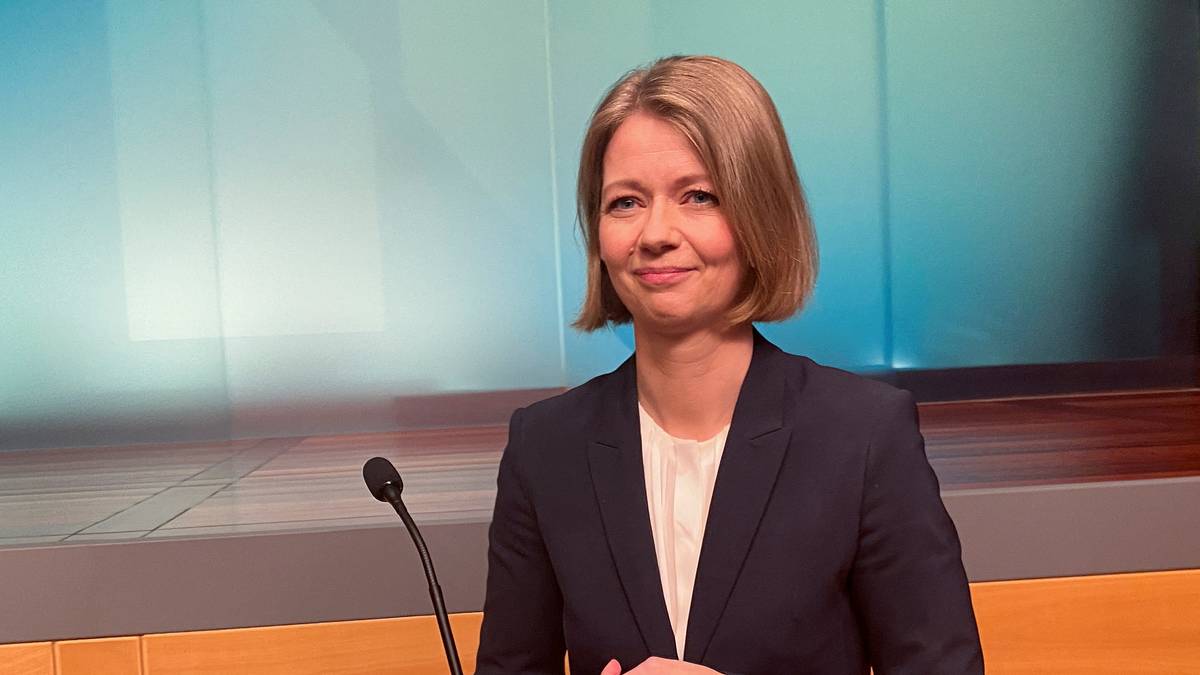This week, Norges Bank’s Monetary Policy and Financial Stability Committee raised the key interest rate from 0.75 to 1.25 per cent and announced that we will probably raise it again in August to 1.5 per cent. Then the interest rate will be back to the level from before the pandemic.
Norges Bank’s task is to ensure low and stable inflation. The goal is a price increase that over time is close to 2 percent. At the same time, we will contribute to as many people as possible having a job to go to and a stable economic development over time.
Low and stable inflation is important for the economy to function well. When inflation rises, it also tends to vary widely.
This makes it more difficult to plan and make financial decisions for both companies and households.
It is probably those who have low incomes and little to go on, who are hit hardest when prices suddenly rise a lot. By ensuring that inflation remains low and stable, we help to ensure high economic activity and welfare.
Norges Bank influences prices and activity in the economy by means of the key policy rate.
When the corona pandemic hit, we lowered the key interest rate from 1.5 to zero percent to curb the setback. Last autumn, when conditions in the economy became more normal, we began to raise interest rates gradually.
Great shortage of labor
There is now high activity in the Norwegian economy. More and more people are in work, and unemployment is very low. At the same time, companies, municipalities and hospitals are struggling to find enough labor, and many positions remain vacant.
Prices are now rising faster than in a long time, and inflation is clearly above the target of 2 per cent. We find parts of the explanation outside Norway’s borders.
The corona pandemic and the war in Ukraine have led to higher prices for energy and other goods internationally. Norges Bank cannot influence these conditions.
But also the prices of goods and services we produce in Norway are rising faster than normal. This has to do with the fact that electricity, materials and other inputs have become more expensive for companies, and that the salaries of employees have risen.
We expect wage and price growth to remain high for some time to come. Labor shortages, as now, tend to lead to higher wage growth, which in turn translates into higher prices. Some companies may use the good times to raise prices a little extra.
Higher interest rates help to reduce the demand for both labor and goods and services, so that wage and price growth are curbed.
In addition, a higher interest rate can contribute to the krone strengthening, which may eventually curb inflation on the goods we buy from abroad.
We raise interest rates faster
Recently, the pressure in the Norwegian economy has increased more than expected, and it appears that inflation will remain high for longer than we estimated in March. Therefore, we believe there is a need to raise interest rates faster and more than we envisioned a few months ago.
I have a great understanding that some may be concerned when we announce that interest rates will rise so quickly. Those who have loans will find that the economy becomes tighter when interest expenses increase. For some it can be demanding, but most households have the finances to service a higher interest rate on their loans.
If we had not raised interest rates, or raised them less, it would have improved households’ finances in the short term, but we would then have risked that the pressure in the economy would be so high that inflation would pick up speed.
This could lead to us having to raise interest rates even higher later, with the risk of triggering a downturn in the economy and rising unemployment.
With the development we now envisage, the key policy rate will increase to around 3 per cent next year. The average mortgage rate, which is now around 2.2 per cent, could then increase to around 4.3 per cent.
Although interest rates will rise in the future, we believe unemployment will remain low. We expect that inflation will be lower from next year, and that wages will rise more than prices.
The uncertainty is great
There is great uncertainty about how the economy will develop in the future.
If prices rise more than we expect, it may be necessary to raise interest rates more than we now envisage.
On the other hand, household debt has risen sharply in recent years, and interest rates have risen sharply more than before. We take this into account when setting the interest rate.
However, there is a risk that households will tighten consumption more than we expect, and that we will have a more marked turnaround in the housing market. In that case, we can raise the interest rate less than what is now the plan.
No matter what happens, we will set interest rates with the aim of ensuring low and stable inflation and stable economic development in the years to come.
–


